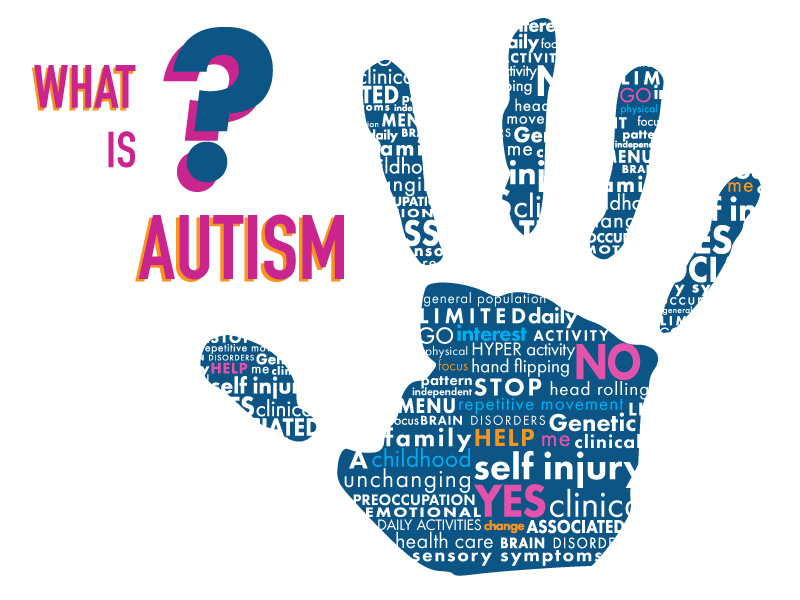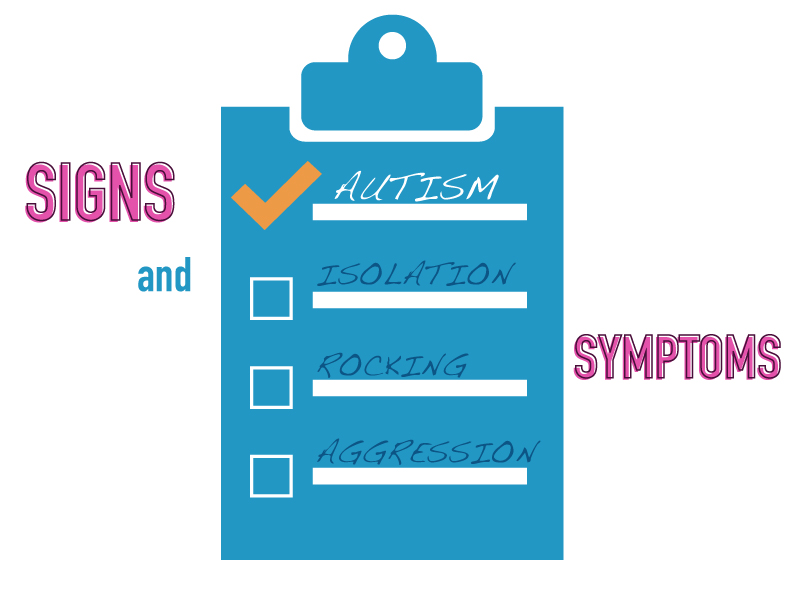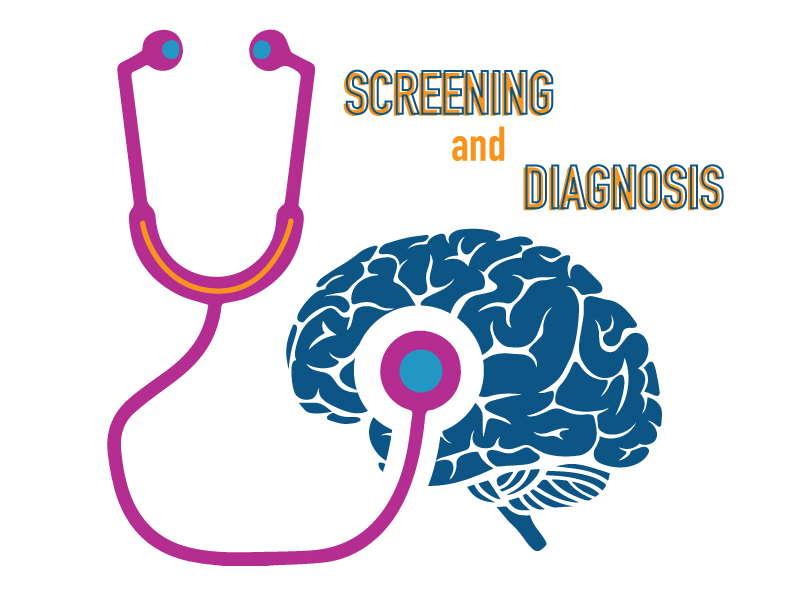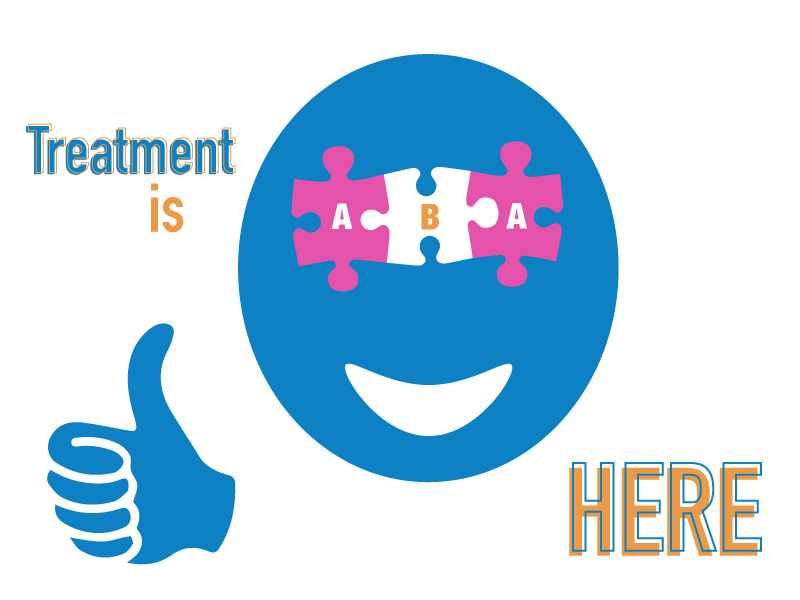Autism spectrum disorder has been estimated to affect 1 out of every 68 children in the United States and is five times more common in boys than in girls. Children with autism can show a wide variety of behavioral symptoms, from failure to develop appropriate peer relationships to a delay in or a total lack of spoken language. For children who do speak, there may be a repetitive use of language or a delay in the ability to sustain a conversation with others.
Symptoms of autism can also include hyperactivity, short attention
span, impulsivity, aggressiveness, self-injurious behavior, and temper tantrums.
Evidence-based autism treatment promotes the development of social and communication skills
and minimizes behaviors that interfere with functioning and learning. Intensive, sustained
evidence-based autism treatment can increase an individual’s ability to acquire language, learn,
function in the community, and fulfill his/her potential.


The American Academy of Pediatrics recommends universal screening for autism at 18 and 24
months. In most states, a diagnosis of autism may be provided by licensed psychologists or medical
doctors. While signs of autism can be evident in a child as young as 6-12 months old, a definitive
diagnosis of autism is typically not made until a child is at least 18 months old.
The Diagnostic and Statistical Manual of Mental Disorders is the most widely accepted reference used for the classification and diagnosis of autism spectrum disorder (ASD). The most recent edition (DSM-5; American Psychiatric Association, 2013) redefined the diagnostic criteria for ASD, which was previously regarded as three distinct diagnoses (i.e., autistic disorder, pervasive developmental disorder—not otherwise specified, and Asperger’s disorder). The DSM-5 classifies ASD as a single disorder characterized by persistent deficits in social communication and social interaction in addition to restricted, repetitive patterns of behavior, interests, or activities.
The incidence of ASD is about 30% higher than the previously estimated rate of 1 in 88 reported in 2012. The factors contributing to increases in reported rates of ASD are not fully understood. While increased rates may be partially explained by improved screening and diagnostic practices, researchers are also exploring the roles of various environmental and genetic risk factors. CDC statistics reveal that ASD is present across all races, ethnicities, and socioeconomic groups. In addition, boys are nearly 5 times more likely to be affected by ASD than girls.

Based on the principles of applied behavior analysis (ABA), IBI is conducted at a high intensity, typically between 30 and 40 hours per week, for multiple years. Evidence suggests that greater treatment intensity leads to superior outcomes. Evidence also indicates that IBI is more effective if initiated in early development; however, services initiated at any age are beneficial for the acquisition of valuable skills.
